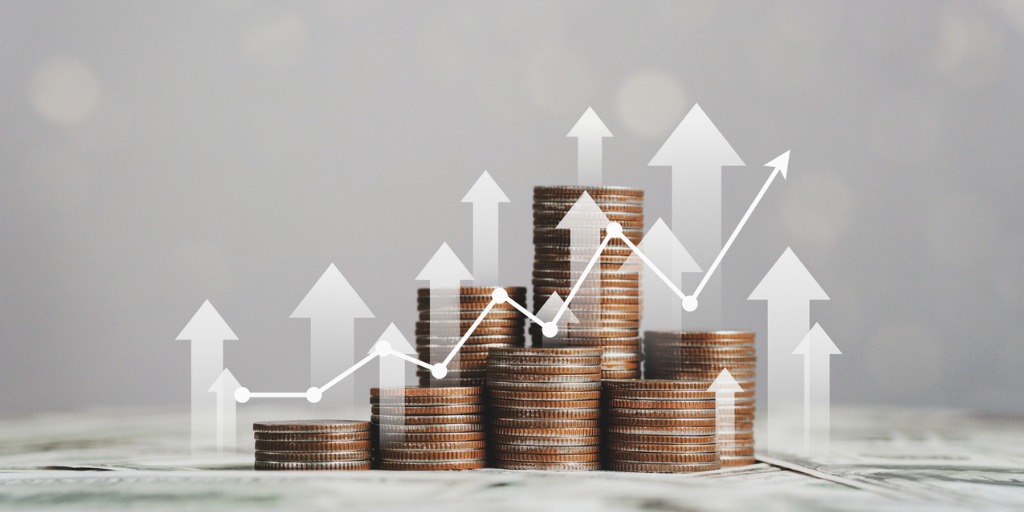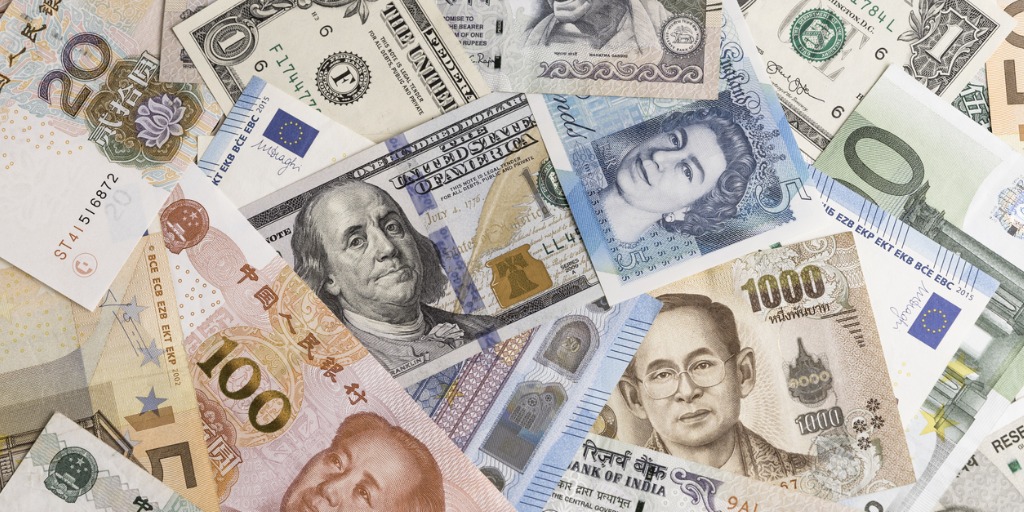Credit cycle on the turn
“Higher for longer” is a mantra with which observers of the global interest rate regime have been familiar with for some time. As central banks worldwide remain resolved to stay the course of rate rises to counter obstinate inflation, so the effects of ‘normalized’ rates are beginning to bite in the form of rising levels of corporate defaults.
When credit conditions turn, the high yield (junk) bond market is first to exhibit distress. Moody’s expects speculative-grade corporate defaults to rise to 4.6% by the end of the year (the long-term average is 4.1%), and to peak at 5% in April 2024.
The Financial Times, citing Goldman Sachs analysis of data from PitchBook LCD, reported there were 18 debt defaults in the US loan market between January 1 and the end of May 2023, totaling $21 billion. This was greater in number and total value than for the whole of 2021 and 2022 combined. The month of May saw three defaults totaling $7.8 billion — a level not seen since the Covid-19 crisis three years ago. While corporate loan defaults are rising, this is not happening at the same rate as high yield as, while money was cheap, many companies took advantage of low rates to raise cash and push out loan maturities.

Credit cycle enters into late stage
Nonetheless, all told, there are ominous signs that we are entering the latter stages of the credit cycle with an acceleration in defaults likely. The ending of an accommodative monetary policy, and weakening economic growth, threatens the ability of companies to finance increasing debt levels.
The economic cycle from December 2007 until February 2020 in the US was the longest since records began before it crashed against the onset of Covid-19. Nonetheless, the Covid-inspired downturn was brief, as central banks responded with massive monetary stimulus and fiscal bailouts, having the effect of suppressing the credit cycle and limiting the number of defaults. It took only a couple of months for the US economy to begin expanding and the cycle to start again.
Although the current cycle is just two years old, runaway inflation continues to preoccupy the Federal Reserve and other central banks. Meanwhile, a surge in leveraged finance that funded M&A deals from 2021 has pushed global debt to extraordinary levels.
Recent stress in the banking system, and associated slowing in the growth of bank lending, has also brought forward the end of the economic cycle. Combined with higher rates, these tighter financial conditions threaten economic growth, with the tilt toward recession further evidenced by indicators such as housing starts, consumer confidence surveys, business confidence surveys, PMIs (purchasing manager indexes), and the continued inversion of the yield curve.

Interest charges breach loan covenants
The effect of recession on earnings heightens the prospect of default by the weakest borrowers. But the interest rate hiking program also has implications for loan covenants. When interest rates rise, companies may fall below the interest coverage ratios that form part of their covenants when issuing debt (interest coverage ratios measure companies’ ability to pay interest on their outstanding debt). While the company may continue trading, the result is a technical default, causing credit rating downgrades and selloffs within bond markets.

Private credit on an upswing
While investment-grade bonds and blue-chip debt issuers carry very limited probability of default, they are not immune from the effects of elevated interest rates. A consequence of this has been growth in private credit. Alternative asset managers, typically private equity firms, have facilitated companies to bypass traditional banks and bond markets in their efforts to raise cash.
And while the booming private credit market has until now been associated with riskier companies, private debt has proved increasingly suitable for blue-chip companies and asset managers alike. Many private equity companies have acquired insurers over the past decade which has led to vast sums of premiums looking for a home. Insurers are required by regulators to invest these premiums in investment-grade rated debt. The circle is completed by private equity operators (insurance company owners) who typically are able to command a slight premium over the yield on traditional investment-grade corporate bonds. For companies, there is the advantage of not having to go to the bond market with the possibility that increased debt might have negative implications for its credit rating.
With “higher for longer” now looking less like a threat than a new reality, and the credit cycle entering into a critical phase, the resourcefulness and financial resilience of companies is set to be tested severely.

Intuition Know-How has a number of tutorials relevant to the content of this article:
- Bond Markets – An Introduction
- Bond Markets – Issuing
- High Yield Debt
- Credit Risk – An Introduction
- Credit Analysis – An Introduction
- Credit Analysis – Cash Flow Analysis
- Private Equity – An Introduction
- Private Equity – Investing


